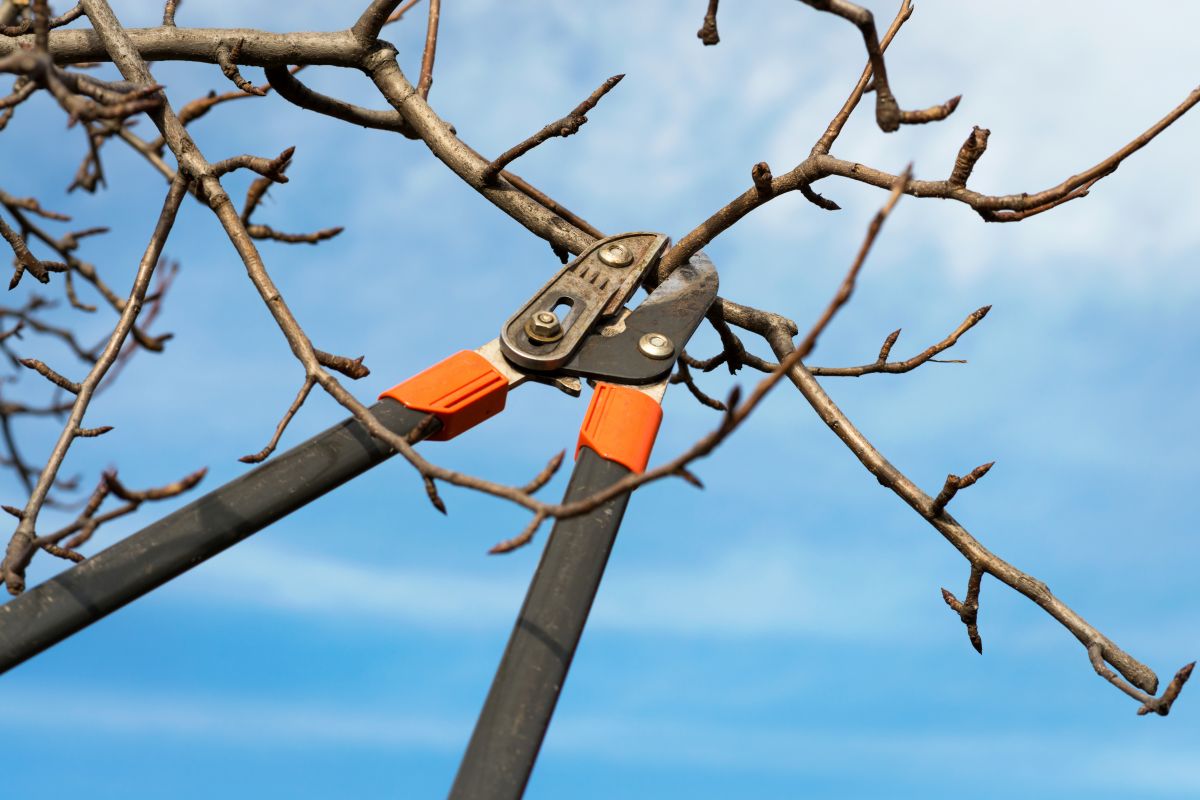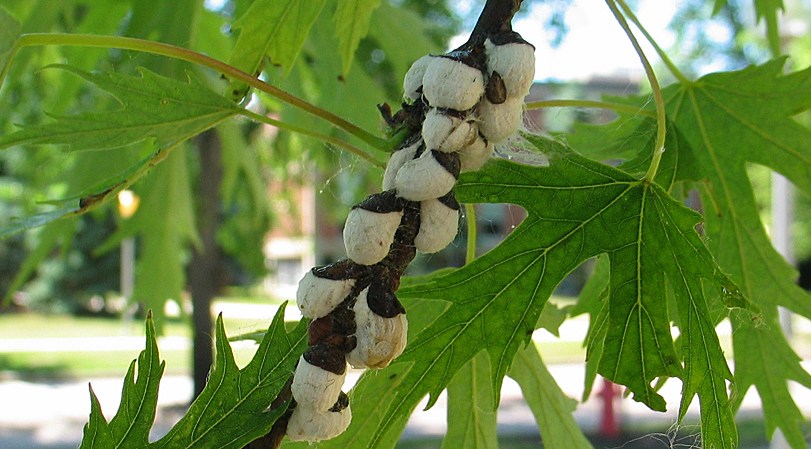208-939-PEST
TREE & SHRUB SERVICES

TREE & SHRUB TREATMENTS


TREE & SHRUB FERTILIZATION
Tree and Shrub fertilization is vital for maintaining the beauty of your landscape. Plants require nutrients in order to grow strong and healthy, like all living things, our program provides deep root feedings for trees and a well balanced fertilizer for shrubs.


DORMANT OIL TREATMENT
Many damage causing insects like to overwinter on our trees here in the Treasure Valley. Our dormant oil application will control damage causing insects and their eggs. This application needs to be applied before new leaves emerge in the spring.


INSECT & DISEASE CONTROL
There are many types of insects and diseases that are detrimental to our trees and shrubs. We will build a customized control plan for your specific tree and shrub needs.


SYSTEMIC TREE INJECTIONS
Certain issues like iron chlorosis, anthracnose, borers, scale and many more may require a specialty tree injection treatment. This is applied as a trunk injection into the xylem tissue of the tree. The benefits of a tree injection are effective, it's fast acting, environmentally responsible & gives long lasting results.


CHLOROSIS TREATMENT
Chlorosis in trees around the Treasure Valley is usually due to a deficiency of iron in the leaves. Iron is important for chlorophyll synthesis in plants, so when it is deficient, leaves cannot make chlorophyll, resulting in a yellow appearance.

TRUNK DRENCHES
Many type of borers damage trees in the Treasure Valley, such as the Lilac Borer and Sequoia Pith Moth. The best control for these type of borers is a treatment applied to the trunk and main limbs to rid of adult borers before they penetrate the bark and lay eggs. A trunk drench is also a beneficial treatment once larvae are feeding within the vascular system of the tree to prevent further damage.

FRUIT INHIBITOR TREATMENT
Unwanted fruit can create a mess of your landscape. We can apply a fruit inhibitor to reduce the fruit production. In some cases it can completely eliminate the fruit.

TREE & SHRUB FUNGICIDE TREATMENTS
There are numerous types of disease that affect the health of our trees and shrubs. We can prescribe the right treatment for the specific disease.

PRUNING YOUR TREES & SHRUBS - NOW IS THE TIME!
Here's why:
- DORMANCY - In the winter most woody plants are dormant along with the diseases and insects that can invade a pruning cut.
- VISIBILITY - It's easy to identify form and structural issues in the plant when it's not covered in foliage.
- ENERGY - Pruning in the winter leaves the plant with extra root and energy reserves.
- PREPARATION - The plant is better prepared for a Dormant Oil Application to kill off overwintering insects such as scale and mites, that will otherwise compromise it in the spring when the insects become active.

PREPARE YOUR TREES & SHRUBS FOR WINTER
Fall is the time to prepare your trees and shrubs for winter so they stay alive through the harsh winter. Make sure you address the following before winter.
Lack of Nutrients – You need a program that addresses nutrient replacement and that starts with a Fall Deep Root Fertilization.
Dead Wood – Prune dead & diseased sections out so the tree or shrub can put its energy into strong living branches.
Dehydration – Even in the winter trees and shrubs need water to survive. Freezing Temperatures and Wind suck the moisture from the plants in the winter. Deep water the plants before winter time with a hose.

THE PROPER TIMING OF DORMANT OIL
Timing is everything to maximize the effectiveness of a dormant oil application.
Dormant oil needs applied when trees are completely dormant and before the trees and shrubs produce new growth. Applications done in late winter or early spring are ideal, when temperatures are above 35 degrees. if applied too early, it can cause winter injury to the tree and if applied too late it can damage new growth.

HAVE YOU SEEN THIS INSECT?
This is Cottony Maple Scale. It is characterized by the puffs of cotton like material of their egg sac. Once the eggs hatch, the babies crawl to the nearest leaf and begin to suck all the nutrients out of it. It is typically at this time that you start to see the leaves turn shiny and a sticky residue appears on anything under the plant. This feeding damages the tree and causes a mess of whatever is underneath.
If you have a Cottony Maple Scale issue, and for more information about a treatment plan, contact us today, as we have 7 Certified Arborists on staff.
